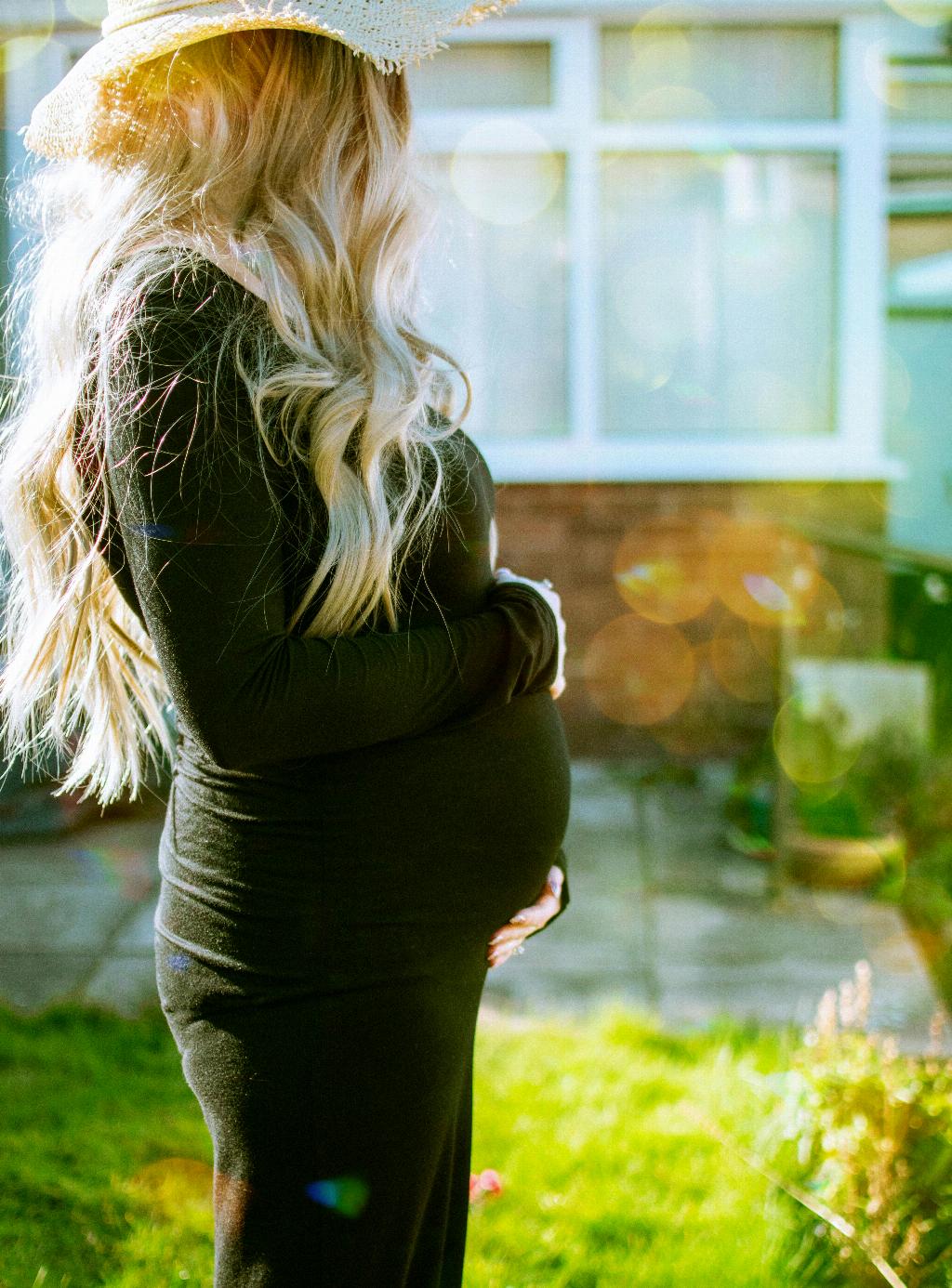When it comes to preeclampsia, a condition that affects pregnant women typically after 20 weeks of gestation, it’s essential to recognize the potential impact it can have on your vision. Vision changes can be a worrying symptom of preeclampsia, and being aware of what to expect is crucial for early detection and management.
Blurred Vision: A Common Symptom of Preeclampsia
One of the most frequently reported visual changes associated with preeclampsia is blurred vision. This symptom can vary in intensity and may come on suddenly or develop gradually. Women experiencing blurred vision during pregnancy should seek medical attention promptly to rule out preeclampsia.
Arteriolar Narrowing: An Ocular Finding to Watch Out For
In cases of preeclampsia, arteriolar narrowing is a prevalent ocular abnormality that can be detected during an eye examination. This narrowing of blood vessels in the eyes can contribute to vision changes and serve as an indicator of systemic vascular abnormalities associated with preeclampsia.
Photopsia and Visual Field Defects: Unusual Visual Symptoms in Preeclampsia
Aside from blurred vision and arteriolar narrowing, preeclampsia can also manifest as photopsia, which involves seeing flashes of light, and visual field defects, where there are abnormalities in what you can see within your field of vision. These symptoms may be alarming but are important signs that warrant medical evaluation.
Sudden Inability to Focus and Potential for Complete Blindness
Another concerning visual change associated with preeclampsia is a sudden inability to focus. This can make daily tasks challenging and may be accompanied by other symptoms such as severe headaches or abdominal pain. In extreme cases of preeclampsia, complete blindness can occur, emphasizing the urgency of seeking medical help.
Early Detection and Monitoring: Key to Managing Preeclampsia Vision Changes
Given the potential severity of preeclampsia-related vision changes, early detection and monitoring are paramount. Regular prenatal check-ups that include a thorough eye examination can help identify any ocular abnormalities and enable timely intervention to protect both maternal and fetal health.
Importance of Communication with Healthcare Providers
Open communication with your healthcare providers is essential when experiencing vision changes or any other concerning symptoms during pregnancy. Be proactive in sharing any visual disturbances you may encounter, as these can provide valuable insights for diagnosing and managing preeclampsia.
Individualized Treatment and Care for Preeclampsia-Related Vision Changes
Each case of preeclampsia is unique, and treatment strategies for vision changes will vary based on the severity of the condition and individual health factors. Your healthcare team will work closely with you to develop a personalized care plan that addresses both your vision concerns and overall well-being.
Monitoring and Follow-Up Postpartum
While preeclampsia-related vision changes may improve after childbirth, it’s essential to continue monitoring your eye health postpartum. Attend follow-up appointments as recommended by your healthcare provider to ensure that any lingering visual issues are properly addressed and managed.
Empowering Yourself with Knowledge and Awareness
By understanding what preeclampsia vision changes can be like and staying informed about the symptoms, risk factors, and management approaches, you empower yourself to take an active role in safeguarding your visual and overall health during pregnancy and beyond.
Seeking Support and Guidance
If you have concerns about preeclampsia or experience significant vision changes during pregnancy, don’t hesitate to reach out to your healthcare provider for guidance and support. Prompt attention to potential preeclampsia symptoms is crucial for ensuring the best possible outcomes for you and your baby.

